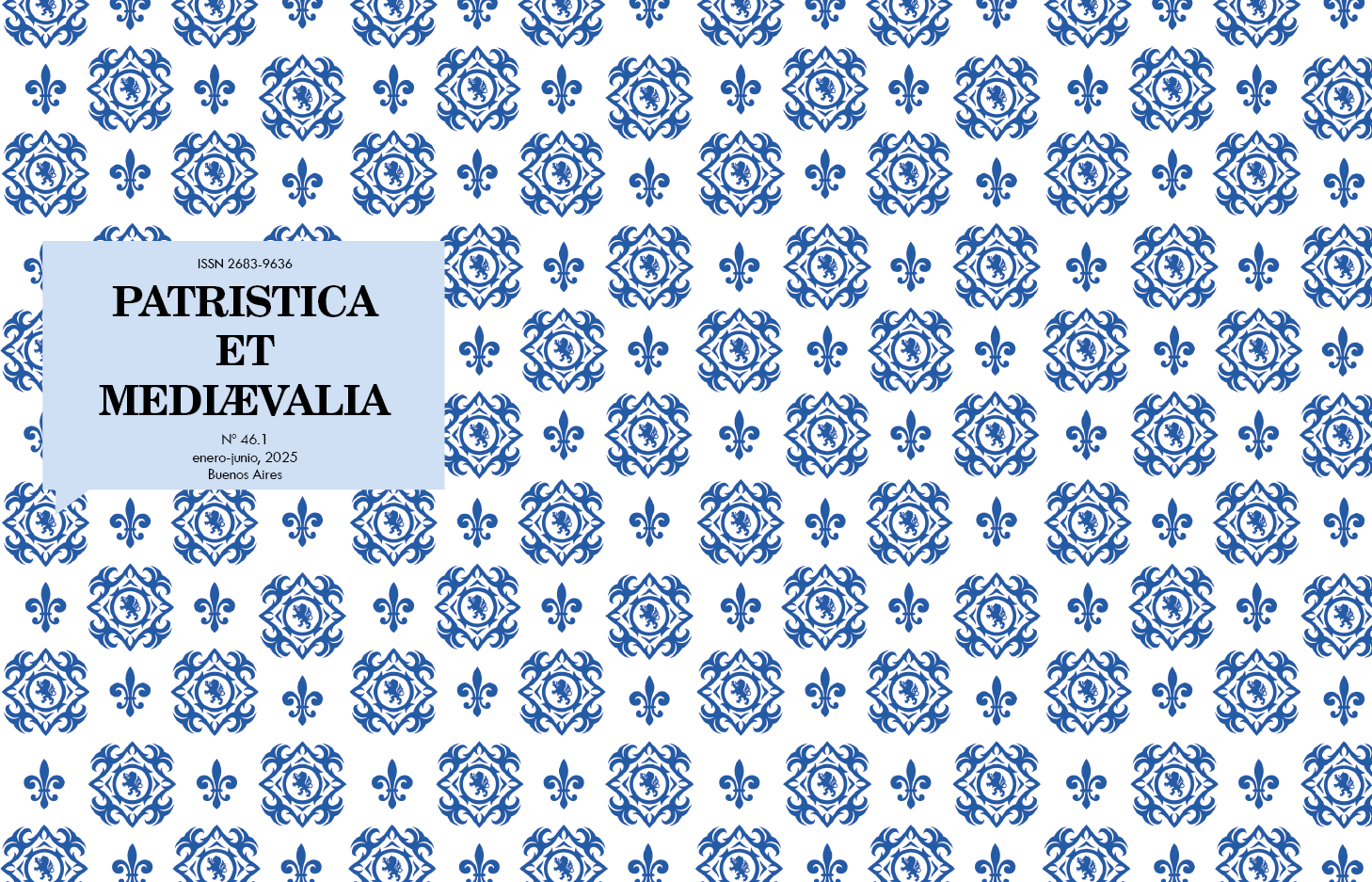Consequence and Opinio Probabilis: The Induction of Singulars in the Ars Logica of John Poinsot
Abstract
John Poinsot (John of St. Thomas) (1589-1644) is one of the most prominent thinkers of the so-called late scholasticism. He became notable for his numerous writings, especially in the areas of Logic, Metaphysics, and Theology. In his time, probabilism was a prevailing doctrine in ecclesiastical circles, both in Europe and America. The topic was usually discussed within moral theology, particularly in matters related to the sacrament of penance and right conscience. However, what is proposed in this brief analysis is a logical-epistemic perspective on the opinio probabilis, based on the fundamental gnosiological notions of Poinsot's Ars Logica. Our aim in this exposition is to show that the probable opinion corresponds to a sui generis model of enunciation that presents significantly relevant semantic difficulties for the horizon of language meanings and the epistemic degrees of the notitia of the intentional object. In this context, the doctrine of the sign and relation emerges as indispensable requirements for an adequate approach to the subject, ultimately presented as an inductive model of formal consequence.Downloads
References
Araújo, Francisco de (1617). Commentariorum in universam Aristotelis Metaphysicam. J. Varesius.
Avendaño, Diego de (1675). Thesaurus indicus. Iacobum Mersium.
Báñez, Domingos (1599). Institutiones minoris dialecticae, quae Summulae vocant. Andreas Renaut.
Caramuel Lobkowitz, J. (1648). Basis Theologiae regularis. Schönwetter.
Fonseca, Pedro (2023). Instituições dialéticas (Institutionum dialecticarum libri octo). Org. Marcus Paulo Rycembel Boeira. Editora IHSV.
Hispano, Pedro (1986). Summulae logicales. Universidad Autónoma de México.
Medina, Bartolome (1630). Expositio in primam secundae Angelici Doctoris D. Thomae Aquinatis. Petrum Dehuchinum.
Poinsot, João (João de Santo Tomás) (1678). Ars Logica: Cursus philosophicus thomisticus. Laurentii Arnaud.
Poinsot, João (2002). Verdad trascendental y verdad formal (1643). Ed. e trad. Cruz Cruz, J. EUNSA.
Soto, Domingo (1575). Summulae logicales. Portonariis.
Suárez, Francisco (1960). Disputationes metaphysicae. Ed. e trad. Rábade Romeo, S., Caballero Sánchez, S. e Puigcerver Zanón, A. Gredos. (Biblioteca Hispánica).
Thomas Aquinas (1888-1905). Summa Theologica (Opera Omnia 4-12). Ed. Leonina.
Tomás de Aquino (2002). Comentario de los Analíticos posteriores de Aristóteles. Trad. Mallea, A. e Daneri-Rebok, M. EUNSA.
Tomás de Aquino (2005). Quaestiones disputatae de veritate. Bompiani.
Belda Plans, J. (1999). “Hacia una noción crítica de la ‘escuela de Salamanca’”, Scripta Theologica 31, 367-411.
Contat, A. (2008). Le figure della differenza ontologica nel tomismo del Novecento. Em: Villagrasa, J. (org.). Creazione e actus essendi. Ateneo Regina Apostolorum, Atti di Congresso, 193-270.
Cruz Cruz, J. (2002). “Analítica de la relación de verdad”. Em: Poinsot, João (2002). Verdad trascendental y verdad formal (1643). Ed. e trad. Cruz Cruz, J. EUNSA, 9-142.
Kneale, W. e Kneale, M. (1984). The Development of Logic. Clarendon Press.
Knuuttila, S. (1986). “Being qua Being in Thomas Aquinas and John Duns Scotus”. Em: Knuuttila, S. e Hintikka, J. (eds.). The Logic of Being. Reidel Publish. Co, 201-222.
Maierù, A. (1972). Terminologia logica della tarda scolastica. Ed. Dell’Ateneo.
Spade, P. V. (1996). Thoughts, Words and Things: An Introduction to Late Mediaeval Logic and Semantic Theory. Edição virtual publicada no site do autor. URL: https://pvspade.com/Logic/docs/Thoughts,%20Words%20and%20Things1_2.pdf.
1. The authors who publish in this magazine accept the following conditions:
-
They retain the copyright and grant to the magazine the right of the first publication, with the work registered under the Attribution-ShareAlike 4.0 International License that allows third parties to use what is published as long as they mention the authorship of the work and the first publication in this magazine.
-
They can make other independent and additional contractual agreements for the non-exclusive distribution of the version of the article published in this magazine (eg. include it in an institutional repository or publish it in a book) provided that they clearly indicate that the work was first published in this journal.
-
They are allowed and recommended to publish their work on the Internet (for example on institutional or personal pages).
2. AutoArchive Conditions. Authors are allowed and encouraged to distribute post-print electronic versions of their manuscripts because it promotes their circulation, a possible increase of quotation and a major reach among the Academic community. Color RoMEO: blue.













